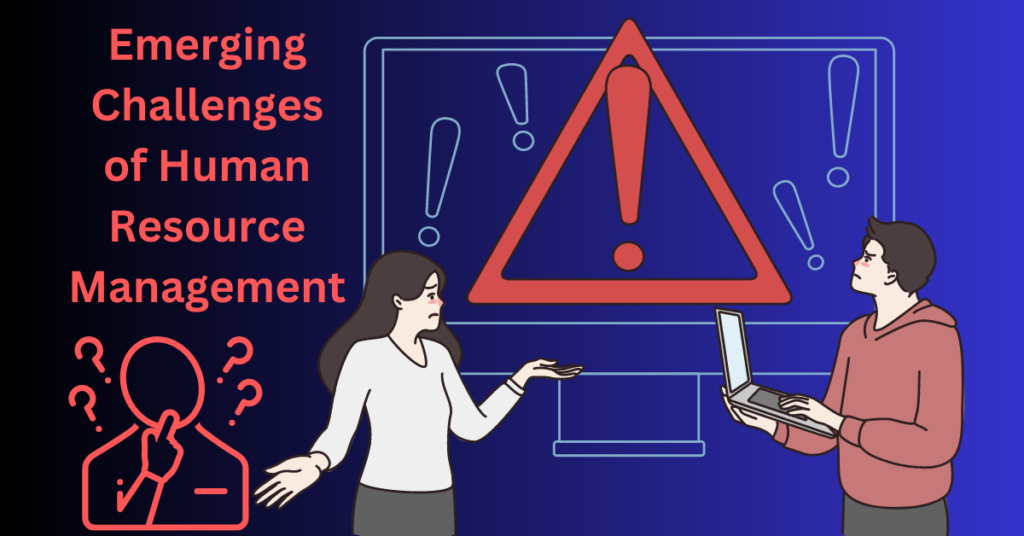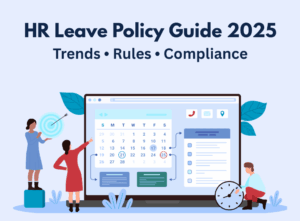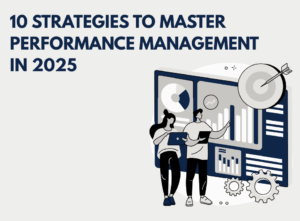Human Resource Management (HRM) is an important part of any organization and constantly evolves with the changing times. It is a critical factor in determining the success of any organization. As the business environment and the expectations of employees and employers continue to shift, HR teams must remain agile and creative to stay abreast of the latest trends. With the emergence of new technologies, changing workplace dynamics, and an ever-evolving global market, the challenges of HRMS have become increasingly complex. Unfortunately, this can lead to various emerging challenges that can be hard to manage.
In this article, we will look at the top six emerging challenges of HRM and how to overcome them best. From the need to constantly update policies and procedures to the challenge of managing a remote workforce, HRM professionals have their work cut out for them. However, with the right strategies and solutions, these challenges can be managed effectively and efficiently, so organizations can stay productive and profitable.
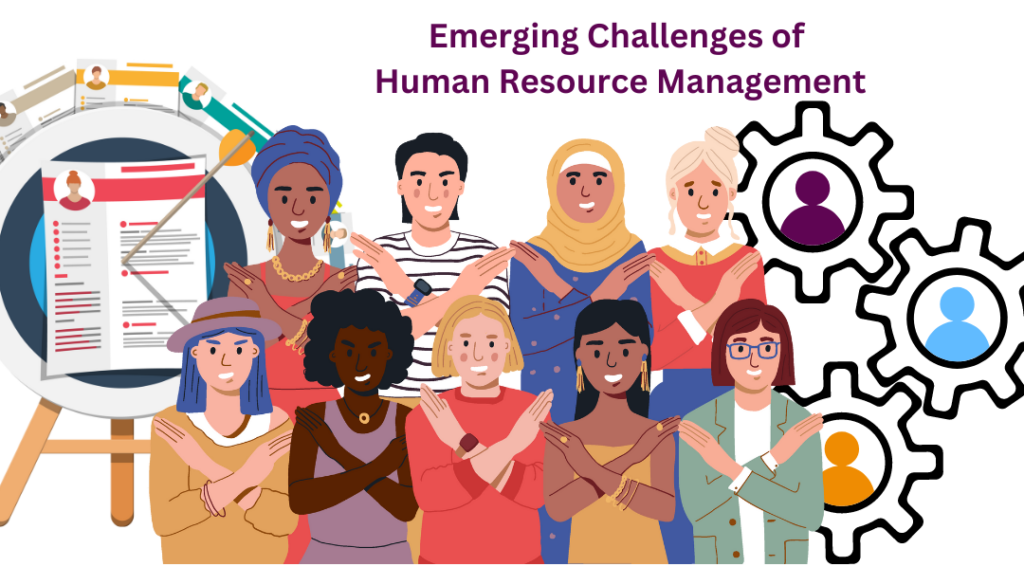
Finding and Retaining Talent
Finding and retaining talented employees is a challenge that most companies face in the modern workplace. The challenge is that the talent competition has become more intense, and organizations find it difficult to keep their employees engaged and motivated.
Companies must find creative ways to attract and retain employees in the rapidly changing job market. Companies must have a workers’ management system in place to ensure that they can identify and nurture the right talent.

The first step towards finding and retaining talent is to create an effective recruitment process. Companies must create a system that enables them to source, evaluate and select the best candidates for their open positions. Companies should also invest in technology such as global HRMS, which can help streamline the recruitment process and make it more efficient.
Once you identify the right talent and complete the recruitment process, you must focus on retaining the best employees. You can try following these strategies to retain your best talents:
- Provide competitive salaries and benefits
- Provide flexible work arrangements
- Creating a positive workplace culture, and
- Offer employees opportunities for professional development.
Companies should also create a system that allows them to track and measure employee performance and provide feedback regularly.
Companies must be proactive in finding and retaining the best talent. They must invest in technology and create an efficient and effective recruitment process. Companies must also keep track of employee performance and provide feedback regularly. Companies can find and retain the best talent by doing all these things.
Developing an Agile Workforce
Organizations are looking to become more agile in their operations and processes to stay ahead of their competition. It is especially important in the B2B sector, where demand is high, lead times are short, and customers are more demanding than ever.
First, let us understand what an agile workforce is and why it is important for companies to develop it.

An agile workforce refers to a group of employees who are flexible, adaptable, and able to respond to changes in the business environment quickly. In an agile workforce, employees can pivot their skills and priorities to meet the organization’s changing needs.
Companies need to develop an agile workforce for several reasons:
- Changing business environment: The business environment is becoming increasingly unpredictable and dynamic, with new technologies and competition emerging rapidly. Companies must adapt quickly to these changes to remain competitive, which requires an agile workforce.
Increased efficiency: An agile workforce can quickly and efficiently respond to changing business needs, leading to increased productivity and profitability.
- Improved customer satisfaction: An agile workforce is better able to meet the changing needs of customers, which can lead to improved customer satisfaction and loyalty.
- Greater employee engagement: An agile workforce requires employees to be more engaged in their work, as they are required to learn new skills and adapt to changing circumstances constantly. It can lead to greater job satisfaction and retention.
- Enhanced innovation: An agile workforce encourages experimentation and innovation, as employees are encouraged to develop new ideas and solutions to problems.
Overall, developing an agile workforce is essential for companies that want to remain competitive and succeed in today’s rapidly changing business environment.
Growing Need for Digital Transformation
The world has changed significantly in the last decade, and the pace of change will likely accelerate in the future. One of the biggest challenges of managing people in a dynamic business environment is finding ways to respond quickly to customer needs, ever-changing technology, and competitors. Technology is changing the way we work, and HRM is no exception. The challenge for HR professionals is keeping up with the latest technology trends and adopting new tools and systems to help streamline the Human resource management system.

One way to overcome this challenge is to invest in automation and technology. HR teams should invest in digital transformation initiatives that automate HR processes like onboarding, payroll management, benefits administration, and performance management. HR professionals should also stay up-to-date with emerging technologies, such as AI and machine learning, and leverage them to improve HR operations.
While automation and technology are not magic wands that can solve all problems, they can be helpful in many situations. Automation is a great help to companies in managing repetitive activities, while technology is needed to streamline and automate business processes for increasing customer satisfaction. It can also be used to replace activities that require people.
Diversity, Equity, and Inclusion
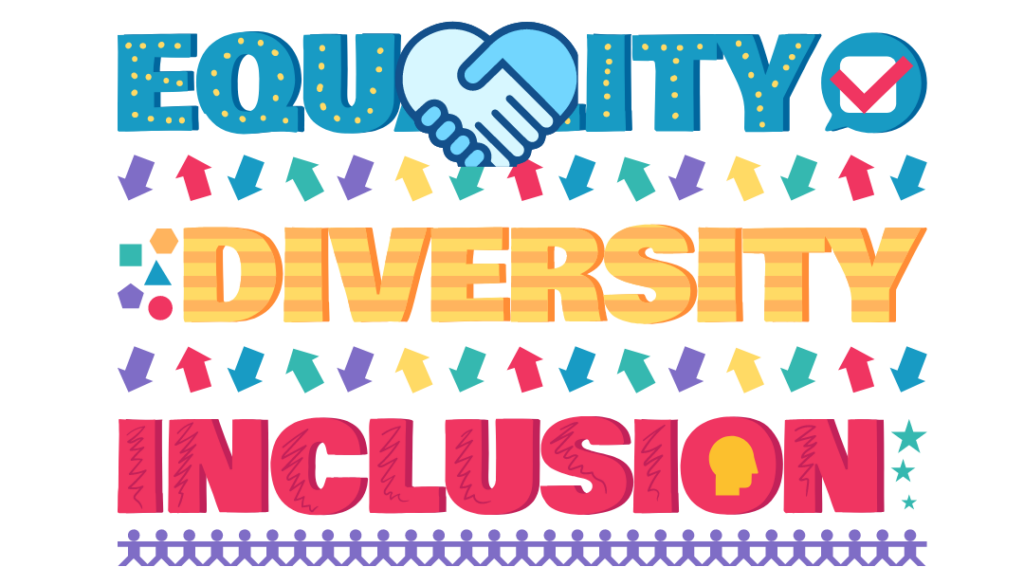
Diversity, Equity, and Inclusion (DEI) are critical components for creating a positive and inclusive workplace culture where all employees can thrive. Here are some ways companies can overcome the challenges of DEI:
- Start with a clear and comprehensive DEI policy: Develop a clear policy that outlines the company’s commitment to DEI, including its goals and strategies for achieving them. Ensure the policy is communicated clearly to all employees and stakeholders and regularly reviewed and updated as necessary.
- Create a diverse and inclusive hiring process: Ensure your recruitment process is fair and inclusive and reaches a diverse pool of candidates. Use objective criteria for selection, such as skills and experience, rather than relying on unconscious bias. Consider using blind resumes and diverse interview panels to eliminate any bias in the selection process.
- Foster a culture of inclusion: Establish a culture where all employees feel valued and respected. Encourage open communication, and provide training and resources to help employees understand and appreciate each other’s differences. Promote diversity at all levels of the organization, including in leadership positions.
- Offer training and development opportunities: Companies can offer training on unconscious bias, cultural awareness, and inclusive leadership to their employees and the management team.
- Hold leaders and managers accountable: Holding leaders and managers accountable for creating an inclusive culture and promoting DEI will be a great strategy. It includes setting clear expectations, providing support and resources, and measuring progress toward DEI goals.
- Monitor progress and adjust strategies: Regularly monitor progress towards DEI goals, and adjust strategies as necessary. Collect and analyze data on diversity metrics, such as employee demographics, hiring and promotion rates, and employee satisfaction surveys. Use this data to identify areas of improvement and develop targeted strategies for addressing them.
In summary, creating a diverse, equitable, and inclusive workplace culture requires a comprehensive approach that starts with a clear policy and includes recruitment, training, leadership accountability, and ongoing monitoring and adjustment of strategies.
Promoting Employee Well-being which is one of the important Challenges of Human Resource Management
The COVID-19 pandemic has highlighted the importance of employee well-being. Employee well-being is an important challenge for HRM (Human Resource Management) because it directly impacts employee productivity, job satisfaction, and overall organizational success.
That is why organizations are now prioritizing employees’ mental and physical health.
When employees feel valued, supported, and engaged, they are more likely to perform at a high level and contribute to the organization’s growth and success. On the other hand, when employees are stressed, burned out, or disengaged, their productivity and performance suffer, leading to decreased organizational performance.
HR professionals should provide access to mental health resources, such as counseling services, and encourage employees to take breaks and prioritize self-care. They should also create policies that promote work-life balance and flexibility, such as remote work arrangements.

HRM can promote employee well-being through the following:
- Promoting positive communication, recognizing and rewarding employee achievements, and providing opportunities for employee development and growth.
- Promoting work-life balance by providing flexible work schedules, offering telecommuting options, and encouraging employees to take time off when needed.
- Encouraging healthy habits and providing employees access to wellness programs, resources, and benefits.
- Addressing mental health and providing employee assistance programs and counseling services to address mental health issues in the workplace.
Employee well-being is an important HRM challenge because it impacts employee productivity, job satisfaction, and overall organizational success. HRM must address this challenge by following the strategies mentioned above.
Compliance and Regulation Challenges of Human Resource Management
HRM (Human Resource Management) faces several challenges related to compliance and regulation. These challenges include keeping up with changing regulations, ensuring compliance with local and international laws, and avoiding penalties and legal issues.
HR professionals are responsible for ensuring that organizations comply with various laws and regulations, such as labor laws, anti-discrimination laws, and data privacy laws. This challenge will become more complex when the company expands into new market segments with new laws and regulations.
They should also implement strong data privacy policies and procedures to protect employee data and ensure employees know their rights and responsibilities. Utilizing technology like payroll software for compliance will also be a great help.
HR professionals should stay up-to-date with the latest laws and regulations and ensure that their organizations comply.
HRM can overcome compliance and regulation challenges of Human Resource Management
- Staying up-to-date with regulations
- Developing policies and procedures,
- Conducting internal audits,
- Utilizing technology like payroll software for compliance,
- Working with legal experts, and
- Establishing a culture of compliance.
By taking these steps, HRM can help ensure compliance with laws and regulations and
In conclusion, HR professionals face many emerging challenges. However, by adopting the above solutions, they can overcome these challenges. They can avoid penalties and legal issues and help their organizations succeed in an ever-changing business landscape.
How can a company prepare for the Challenges of Human Resource Management?
One way to overcome these challenges is to create a culture of continuous improvement. It is possible when employees at all organizational levels are willing to improve their processes and activities. Organizational leaders must create a culture of continuous improvement by setting clear expectations, providing opportunities for employees to contribute, and rewarding improvement ideas. Another way to overcome these challenges is to use a blended learning approach. Organizations can combine virtual, in-person, and blended learning activities.
Conclusion
Organizations must stay up-to-date with technology and use it to improve their operations and customer experience. When selecting technology, organizations must carefully consider their needs and select options that will be effective and meet the criteria they have established. An effective human resource management program is critical to the success of all organizations. When managing people, organizations must be flexible, have clear goals and objectives, and create a positive work environment by encouraging continuous improvement.
